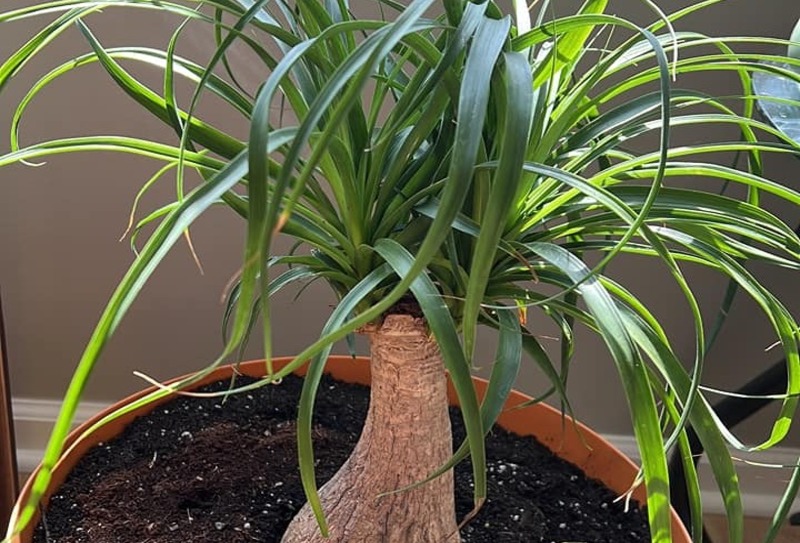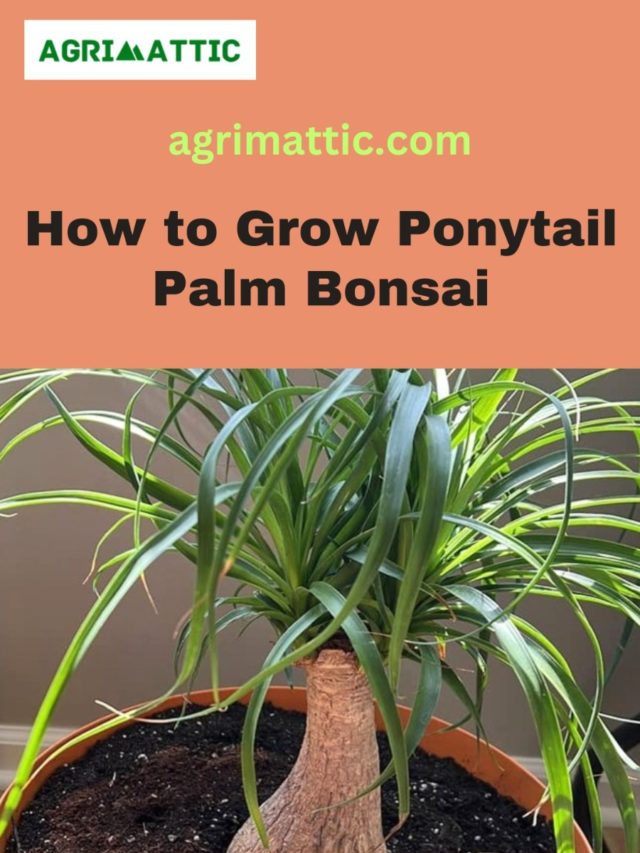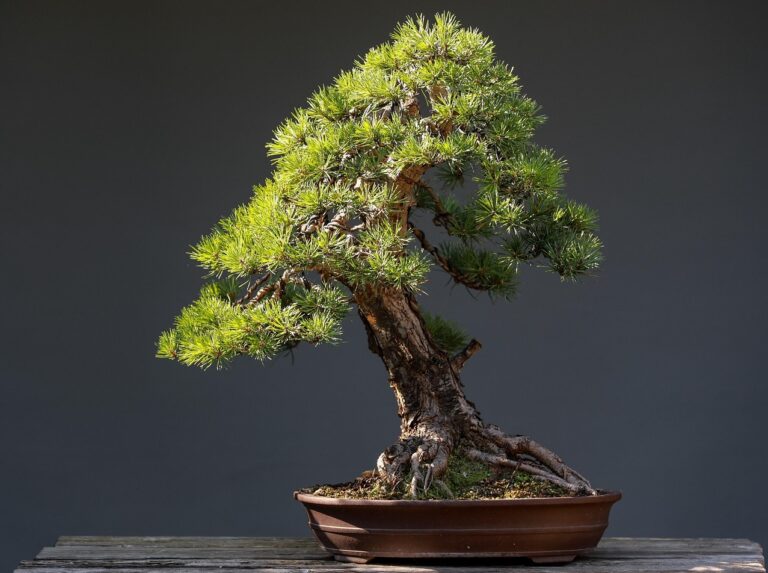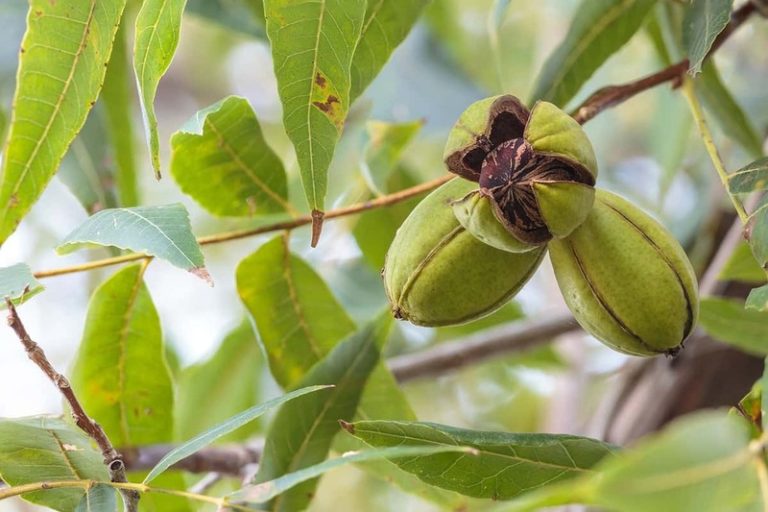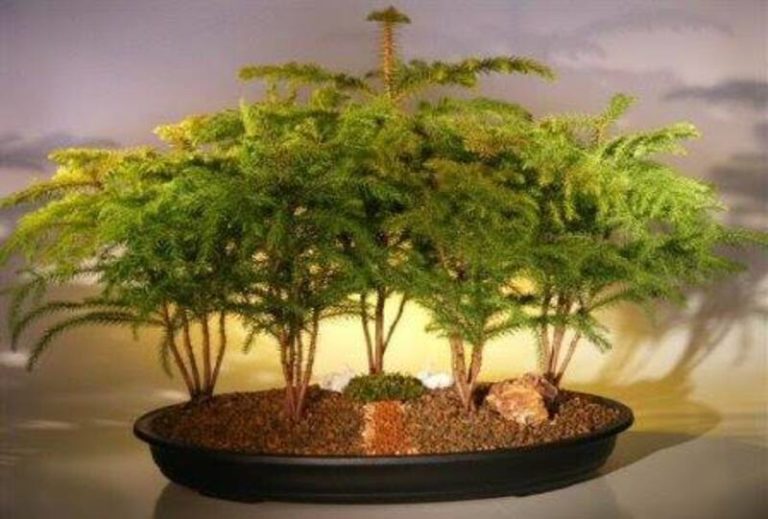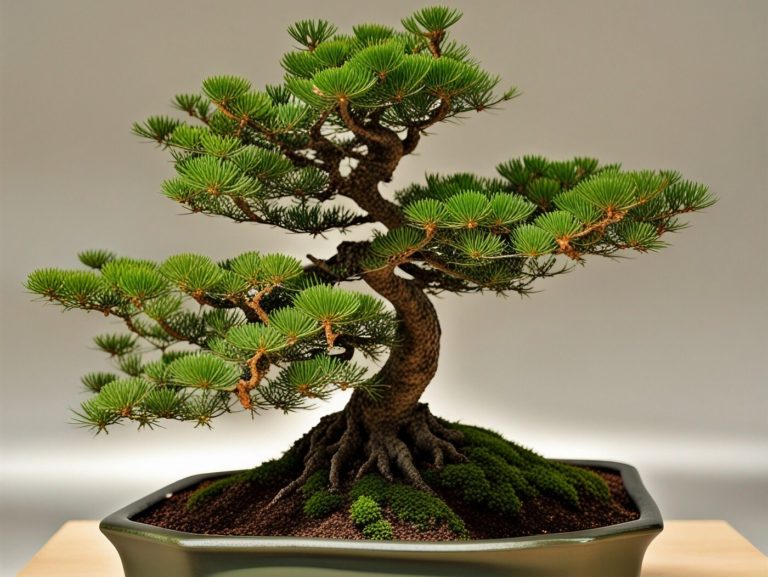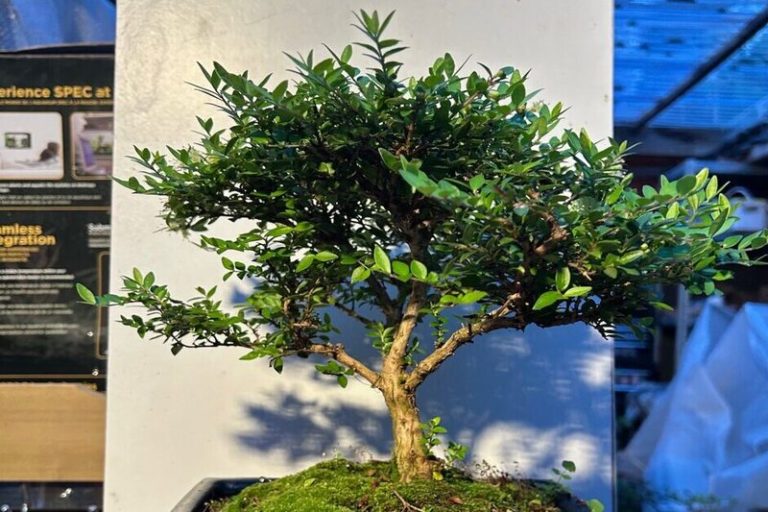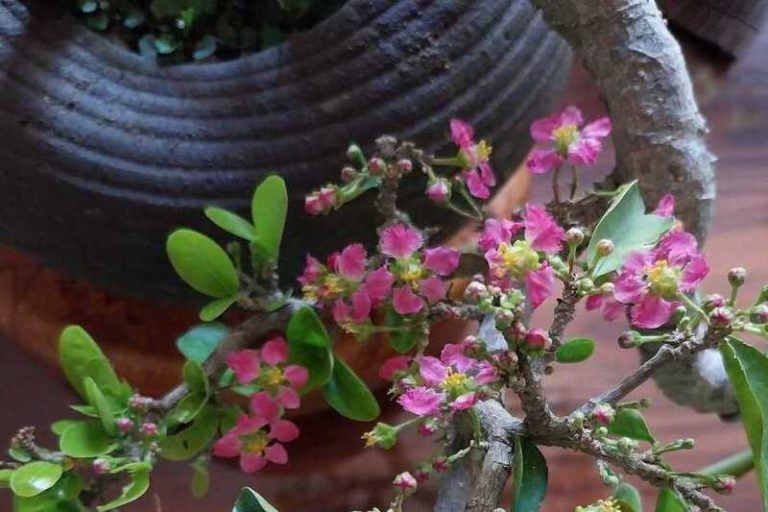Ponytail Palm Bonsai: The Perfect Plant for Your Home
The Ponytail Palm Bonsai is an eye-catching and low-maintenance addition to any home or business. In addition to its aesthetic value, this plant also provides a number of positive health effects.
What is a Ponytail Palm Bonsai?
The Ponytail Palm Bonsai is a small version of the Ponytail Palm plant, which gets its name from the way it looks, like a ponytail. It is a small, slow-growing plant that can be grown indoors or out. It is often used as a decorative plant in homes and offices. Ponytail Palm Bonsai plants are popular because they are easy to care for and don’t need much work.
Types of Ponytail Palm Bonsai
There is only one type of Ponytail Palm ( Beaucarnea Recurvata ) but there are several varieties of this plant that can be grown as Bonsai. These varieties are created through selective breeding and cultivation to produce different leaf colors and textures, as well as different trunk shapes and sizes. Some of the most popular varieties of Ponytail Palm Bonsai include:
1. Beaucarnea Recurvata ‘Nolina’
This variety has long, narrow leaves that grow in a rosette pattern at the top of the trunk. The trunk is typically thin and tall, giving the plant a more elegant and delicate appearance.
2. Beaucarnea Recurvata ‘Ponytail’
The ‘Ponytail’ variety is characterized by its long, flowing leaves that cascade down from the top of the trunk, resembling a ponytail. The trunk is typically thicker and more robust than other varieties, giving the plant a more substantial appearance.
3. Beaucarnea Recurvata, ‘Elephant Foot’
This variety is known for its bulbous trunk, which resembles the foot of an elephant. The trunk can grow to be quite thick and is often a focal point of the plant, with the leaves growing at the top in a rosette pattern.
4. Beaucarnea Recurvata ‘Bottle Palm’
The ‘Bottle Palm’ variety gets its name from its distinctive trunk shape, which is narrow at the base and widens at the top, resembling a bottle. The leaves grow at the top in a rosette pattern and can be long and flowing or shorter and more compact.
5. Beaucarnea Recurvata, ‘Swollen Trunk’
This variety has a distinctive, swollen trunk that can grow to be quite thick and gnarled. The leaves grow at the top in a rosette pattern and can be long and flowing or shorter and more compact, depending on the specific cultivar.
Overall, each type of Ponytail Palm Bonsai has its own special qualities. Which one you choose to grow depends on your personal preferences and the climate where you live.
Characteristics of Ponytail Palm Bonsai
Ponytail Palm Bonsai plants have several unique characteristics that make them a popular choice for indoor and outdoor plant enthusiasts. Some of the key characteristics of Ponytail Palm Bonsai include:
- Distinctive appearance: Ponytail Palm Bonsai plants are known for their unique, almost comical appearance. The name comes from a rosette of long, narrow leaves that grow atop the thick, bulbous trunk and resemble a ponytail.
- Slow-growing: Ponytail Palm Bonsai plants grow slowly, so they don’t need as much trimming and shaping. This makes them a great choice for people who are just starting out or who want an easy-care plant.
- Low-maintenance: Ponytail Palm Bonsai plants are relatively easy to care for and require minimal attention to thrive. They are drought-tolerant and can survive in low-light conditions, making them an ideal choice for indoor or outdoor settings.
- Hardy: Ponytail Palm Bonsai plants are tough and can withstand a wide range of temperatures and growth conditions. They can tolerate harsh heat, cold, and dry circumstances, making them a perfect choice for anybody looking for a low-maintenance plant.
- Long lifespan: With appropriate care, Ponytail Palm Bonsai plants have a lengthy lifespan and can survive for decades. This means they can be a permanent part of your home or office’s decor.
Overall, the unique appearance and low maintenance requirements of Ponytail Palm Bonsai plants make them an excellent choice for anyone who wants to add a touch of nature to their living space without a lot of hassle or upkeep.
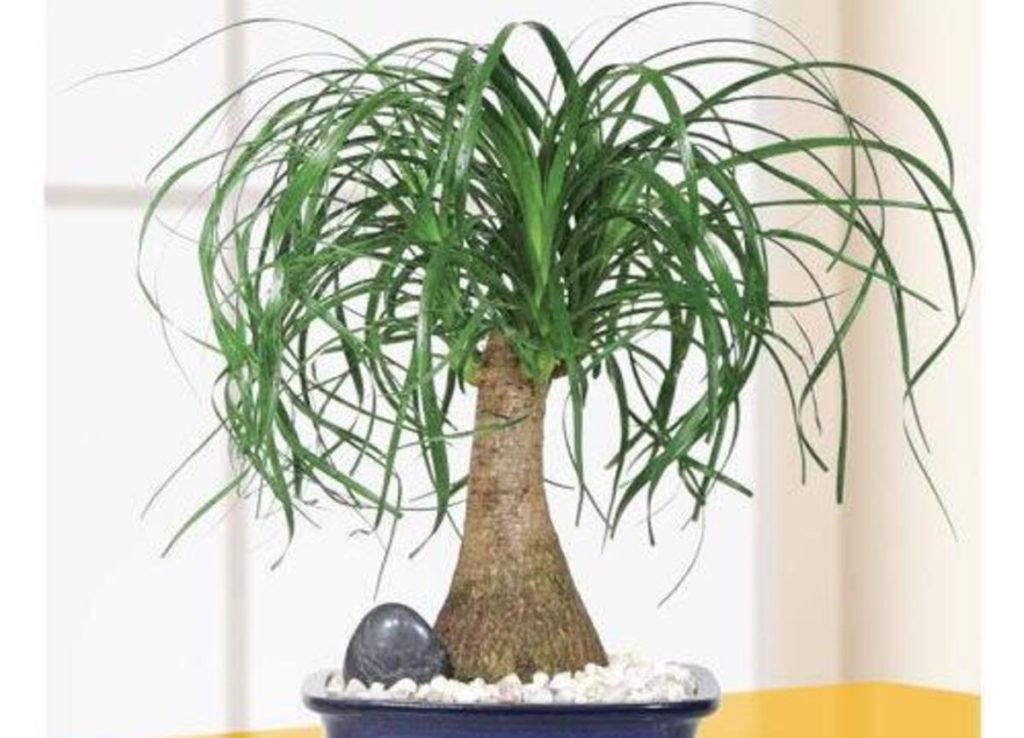
How to Grow Ponytail Palm Bonsai
Growing a Ponytail Palm Bonsai plant is relatively easy, even for beginners. Here are some tips to help you get started:
Choose the right pot: Ponytail Palm Bonsai plants prefer pots that are wider than they are deep, as their roots tend to spread horizontally. Make sure that the pot has good drainage holes to prevent water from accumulating at the bottom.
Use well-draining soil: Ponytail Palm Bonsai plants prefer well-draining soil that is not too heavy or dense. You can use a mixture of sand, perlite, and potting soil to create a soil mix that will drain well and provide the plant with the nutrients it needs.
Water sparingly: Ponytail Palm Bonsai plants are drought-tolerant and prefer to be watered sparingly. Allow the soil to dry out between watering, and avoid over-watering, as this can lead to root rot.
Provide adequate sunlight: Ponytail Palm Bonsai plants require bright, indirect sunlight to thrive. Place your plant in a well-lit area, but avoid direct sunlight, as this can scorch the leaves.
Fertilize occasionally: Ponytail Palm Bonsai plants don’t need fertilizer very often, but you can use a balanced fertilizer once in a while during the growing season to help them grow well.
Prune as needed: Ponytail Palm Bonsai plants are slow-growing and require minimal pruning, but you can trim the leaves and stems as needed to maintain the desired shape and size.
Repot every 2–3 years: Ponytail Palm Bonsai plants should be repotted every 2-3 years to prevent the roots from becoming overcrowded. Use fresh soil and a slightly larger pot when repotting.
Overall, growing a Ponytail Palm Bonsai plant is relatively easy and requires minimal maintenance. With the right pot, soil, water, sunlight, and occasional fertilization, you can enjoy the unique beauty of this plant in your home or office for an entire year.
Benefits of Ponytail Palm Bonsai
Ponytail Palm Bonsai plants have several benefits that make them a popular choice for indoor and outdoor plant enthusiasts. Here are some of the key benefits of having a Ponytail Palm Bonsai in your home or office:
- Air purification: People know that Ponytail Palm Bonsai plants can clean the air. They remove toxins and other pollutants from the air, making indoor air better and making the place healthier to live.
- Aesthetically pleasing: The unique appearance of Ponytail Palm Bonsai plants makes them an aesthetically pleasing addition to any room or outdoor space. The bulbous trunk and long, narrow leaves create a distinct visual appeal that can add a touch of nature and beauty to your home or office décor.
- Low-maintenance: Ponytail Palm Bonsai plants are simple to maintain for and require little upkeep. They are drought-tolerant and can thrive in low-light environments, making them an excellent choice for busy people or anybody looking for a low-maintenance plant.
- Long lifespan: Ponytail Palm Bonsai plants are simple to maintain and require little care. They are drought-resistant and can sustain in low-light conditions, making them an ideal choice for busy individuals or anyone desiring a plant that requires little care.
- Stress relief: Taking care of a Ponytail Palm Bonsai plant has been shown to increase mood and decrease anxiety. Spending time among plants has been demonstrated to have a relaxing impact on the mind and body, leading to improved health and well-being.
Overall, Ponytail Palm Bonsai plants are a wonderful choice for anybody looking to bring a bit of nature to their living area while reaping the numerous advantages that plants have to offer.
Styling and Design for Ponytail Palm Bonsai
Ponytail Palm Bonsai plants have a unique and distinctive appearance, which makes them an excellent choice for bonsai styling and design. Here are some tips for styling and designing your Ponytail Palm Bonsai:
Choose the right pot: The pot you choose for your Ponytail Palm Bonsai should be wide and shallow, as these plants have a shallow root system that prefers a wider surface area to grow. Consider choosing a pot that complements the plant’s natural aesthetic, such as a rustic or earthy-looking container.
Accentuate the bulbous base: The elongated trunk is one of the most distinctive characteristics of the Ponytail Palm Bonsai. You can emphasize this feature by using a container with a wider base or by removing lower foliage to expose more of the trunk.
Prune to shape: Ponytail Palm Bonsai plants can be pruned to shape, creating a variety of unique designs. For example, you can trim the top leaves to create a rounded or domed appearance, or you can prune the leaves to create a more angular shape.
Add accents: Your Ponytail Palm Bonsai might look better as a whole if you give it some decorative touches. You may get a more natural effect by placing rocks or pebbles around the plant’s base, or you can go for a more whimsical look by placing ornamental things like miniature figures or stones.
Consider the environment: When styling and designing your Ponytail Palm Bonsai, consider the environment in which it will be placed. For example, if it will be placed in a modern or minimalist setting, consider a simple and clean design. If it will be placed in a more rustic or natural setting, consider incorporating elements such as moss or bark to create a more organic look.
Overall, Ponytail Palm Bonsai plants may be styled and developed in a wide range of interesting and gratifying ways, making them a joy to work with. Stunning and one-of-a-kind designs may be made with only a small bit of imagination and some fundamental bonsai methods.
How to Care and Maintain Ponytail Palm Bonsai?
Ponytail Palm Bonsai plants have a unique and distinctive appearance, which makes them an excellent choice for bonsai styling and design. Here are some tips for styling and designing your Ponytail Palm Bonsai:
Choose the right pot: The pot you choose for your Ponytail Palm Bonsai should be wide and shallow, as these plants have a shallow root system that prefers a wider surface area to grow. Think about picking a pot that goes with the plant’s natural look, like a rustic or earthy one.
Accentuate the bulbous base: The bulbous trunk of the Ponytail Palm Bonsai is one of the things that makes it stand out. You can make this feature stand out by using a pot with a wider base or by taking off some of the lower leaves to show more of the trunk.
Prune to shape: Ponytail Palm Bonsai plants can be trimmed to make them look different ways. For example, you can trim the top leaves to create a rounded or domed appearance, or you can prune the leaves to create a more angular shape.
Add accents: To improve the overall look of your Ponytail Palm Bonsai, you may add accents. To get a more natural appearance, place small rocks or pebbles around the plant’s base; to achieve a more whimsical design, place ornamental things such as miniature figures or stones.
Consider the environment: When styling and designing your Ponytail Palm Bonsai, consider the environment in which it will be placed. For example, if it will be placed in a modern or minimalist setting, consider a simple and clean design. If it will be placed in a more rustic or natural setting, consider incorporating elements such as moss or bark to create a more organic look.
Ponytail Palm Bonsai Care Sheet
| Aspect | Care Tips |
|---|---|
| Watering | Water when soil seems dry. Overwatering causes root rot. Minimize winter watering. |
| Sunlight | Prefers bright, indirect sunlight. Avoid placing it in direct sunlight, as this can scorch the leaves. |
| Temperature | Thrives in temperatures between 60-80°F (15-27°C). Avoid cold drafts and air conditioning vents. |
| Fertilizing | Use a balanced fertilizer every two to three months during spring and summer. Avoid fertilizing during winter dormancy. |
| Pruning | Trim dead or damaged leaves and shape. Use rubbing alcohol to clean scissors and pruning shears. |
| Repotting | Every two to three years, repot in a slightly larger container with well-draining soil. |
| Pests and Diseases | Watch for spider mites, mealybugs, and scale insects. Mild insecticides or neem oil can treat pests. |
By doing these simple things, you can keep your Ponytail Palm Bonsai plant healthy and growing for many years. With a little care and attention, your plant can become a beautiful and rewarding part of the décor in your home or office.
Conclusion
The Ponytail Palm Bonsai is a distinctive and low-maintenance plant that is ideal for adding a touch of nature to a home or office. This plant will thrive with minimal maintenance and provide numerous benefits. The Ponytail Palm Bonsai is the ideal plant for both experienced and novice gardeners alike.
FAQ:
Q: What is a Ponytail Palm Bonsai?
A: A Ponytail Palm Bonsai is a miniature version of the Ponytail Palm that is cultivated in a small container as a bonsai tree.
Q: How do you care for a Ponytail Palm Bonsai?
A: Ponytail Palm Bonsai is relatively easy to care for. They prefer bright, indirect light and well-draining soil. Water it sparingly, as overwatering can lead to root rot. Allow the soil to dry out completely between watering’s. Fertilize it occasionally with a balanced fertilizer. They also prefer a warm environment, so keep them in a room with temperatures between 60 and 80 degrees Fahrenheit.
Q: How often should I water my Ponytail Palm Bonsai?
A: It is advised to moisten your Ponytail Palm Bonsai sparingly, and only when the soil has dried out completely. The frequency of irrigation depends on the size of the container, the plant’s location, and the climate. In general, watering the majority of Ponytail Palm Bonsai trees once per week is sufficient.
Q: What kind of soil is best for Ponytail Palm Bonsai?
A: Organic-rich, well-draining soil is ideal for Ponytail Palm Bonsai. A mixture of standard potting soil, vermiculite, and perlite is an excellent option. To prevent root decay, avoid using heavy clay soil or soil that retains too much moisture.
Q: Can I prune my Ponytail Palm Bonsai?
A: Certainly, it is possible to prune your Ponytail Palm Bonsai to control its size and shape. Pruning is most effective in the spring or summer, when new growth is beginning. Use pointed, sterile pruning shears to make clean incisions, and never remove more than a third of the plant at once.
Q: How do I propagate my Ponytail Palm Bonsai?
A: Ponytail Palm Bonsai can be grown from seed or offsets at the base. Spring and summer are ideal for propagation. Before planting, let the offset dry out.
Q: Can Ponytail Palm Bonsai grow outdoors?
A: Ponytail Palm Bonsai is typically grown indoors as a houseplant, but it can be grown outdoors in warm, sunny climates. It is hardy to USDA zones 9-11 and prefers well-draining soil and full sun to partial shade.
Also Read:

